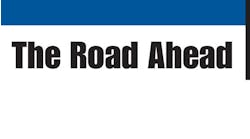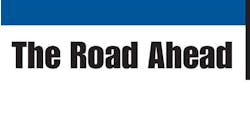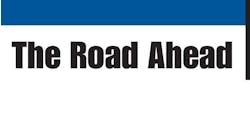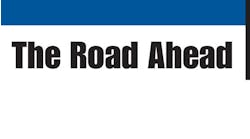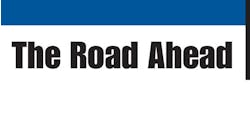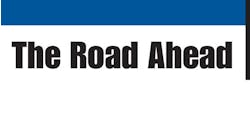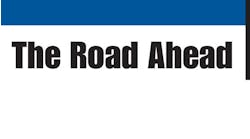YOU can’t predict the future. But you can prepare for it.
So says Dr Lowell Catlett, the keynote speaker at this year’s NATM convention.
If you believe that 93.7% of all statistics are made up on the spot, you will appreciate his comment that only 47% of the 7,000 forecasts that futurists such as Catlett made during the last decade have turned out to be accurate.
“You can flip a coin and beat us by 3%,” he said. “We don’t know jack about the future.”
But that doesn’t mean we shouldn’t try to figure it out and to plan for what we think will happen. As Catlett told his NATM audience:
“One of the things I loved about George Patton was his comment, ‘No battle plan survives contact with the enemy.’ As soon as the bullets start flying, guess what? You can change the plan. But he also said, ‘No general goes into battle without a plan.’ You can’t predict the future, but you can prepare for it. Because if you prepare for it, you are the one who is most able to reach the quickest and is most adaptable to this uncertain future.”
So what does this uncertain future look like? There are a number of places in this issue of Trailer/Body Builders where you can go to get an idea. If 47% of the predictions found in this issue come true, we are in for an interesting, rewarding future.
Take for example the Walmart trailer included on the cover and detailed in our Mid-America Trucking Show coverage. Both the dry-freight van that Great Dane built and the futuristic Peterbilt tractor that has begun pulling it around the country contain components that are available off the shelf today, some that realistically will be sold in the near future, and some, as a Peterbilt spokesman said, will not be available until the 2020s—if ever.
One of the most radical features of the Great Dane trailer was its use of full-length composite panels made of carbon fiber. Could we see a day where such construction is a common spec in the dry van business? Probably not when carbon fiber costs 10 times more than steel. But as Great Dane’s Adam Hill pointed out in discussing Great Dane’s role in the project, the material used to be 100 times the price of steel, and the price continues to come down.
Other components, such as wheel covers designed to reduce aerodynamic drag, full-length trailer skirts, and full-width fairing beneath the nose of the trailer are all incremental steps that easily could become standard specifications as fleets such as Walmart continue to seek ways to reduce fuel costs.
Research and development departments take money, and such incubators of innovation normally don’t pay off immediately. Current conditions are close to ideal. According to our report from the recent ACT Research seminar in Columbus, Indiana, (see Page 20) the strong demand for trucks and trailers is high and should remain that way through the end of this decade.
A strong economy drives demand for the products we make, and it provides the resources for the development of future products. As Catlett pointed out in his address to NATM members, the world produced $70 trillion in goods and services—the largest ever on record—in 2013.
Meanwhile, 121 million American households had a collective net worth of $72 trillion—also the largest ever on record.
“We have more net worth than the entire output of the whole world,” he said. “The world has never seen so much wealth.”
The average American uses just 9.6% of their disposable income to eat, compared to 23% in 1970, Catlett said. And the average house in the 2010 census—2½ bathrooms, three bedrooms, 2,400 square feet—has never been cheaper to own, with an interest rate that is now just over 4%, compared to double digits in the 1970s.
When a nation—or a world—is hard pressed to meet basic human needs, people don’t buy trailers to take horses to a horse show, Catlett told his audience of horse trailer manufacturers. But the average American has 69% of their disposable income left after eating, drinking, owning a home, and paying utilities. All of these goods require trucks and trailers to deliver them. But so does the stuff that we buy with the remaining 69% of our disposable income. It’s a great time to innovate.
Any economist worth his other hand will point out that plenty of things that could happen to change this picture. But we prefer the words of Abraham Lincoln who said, “The best way to predict your future is to create it.” ♦
